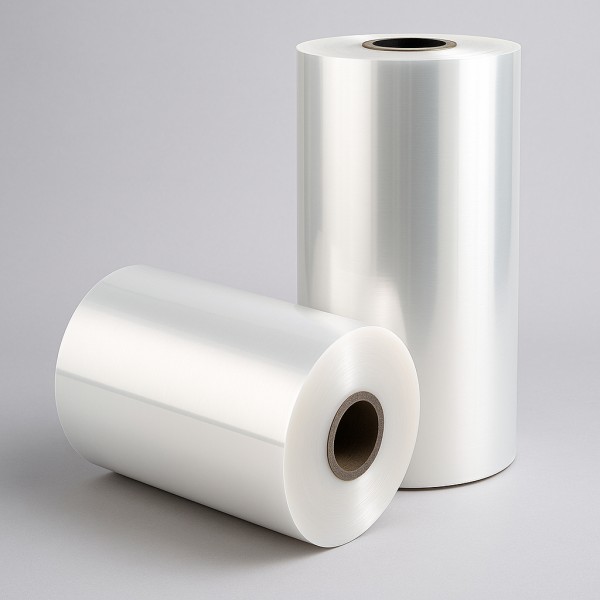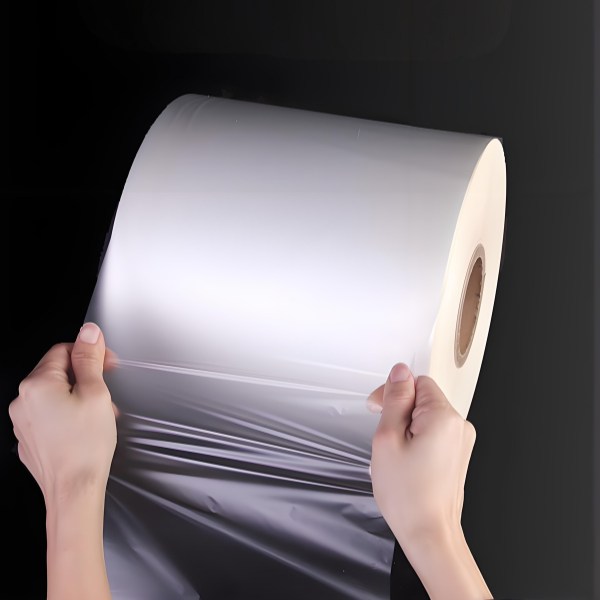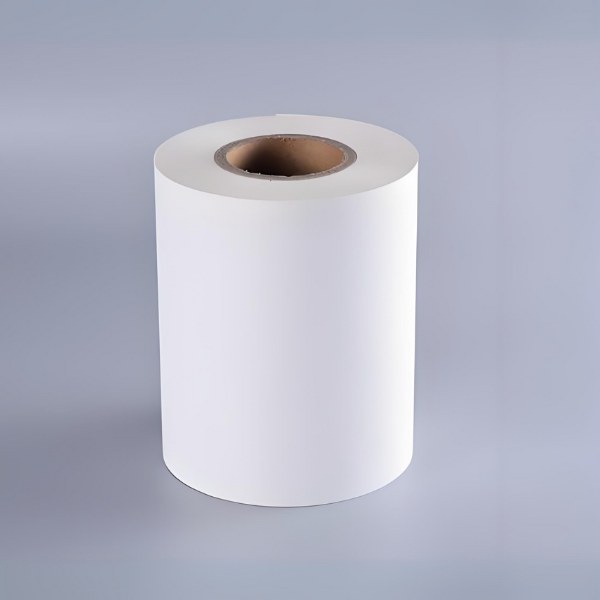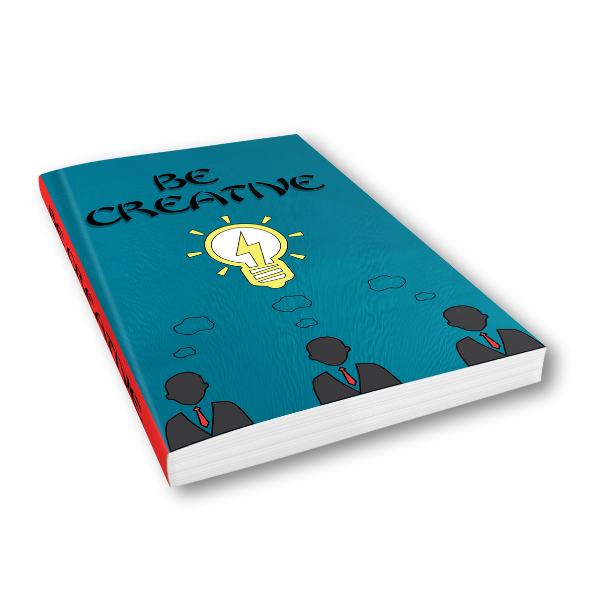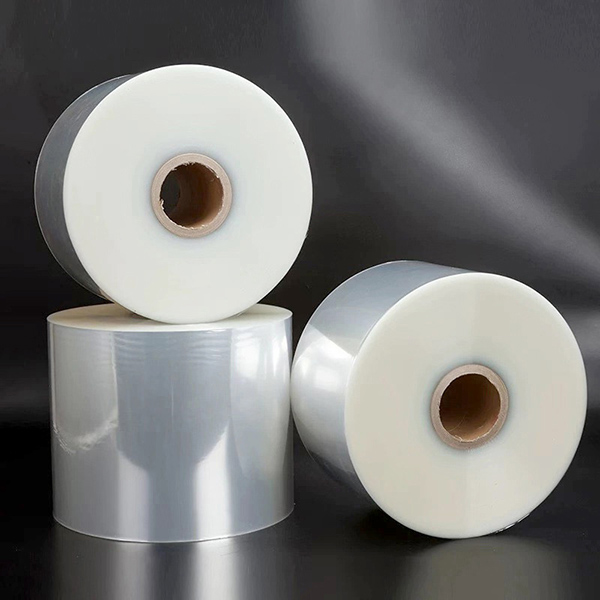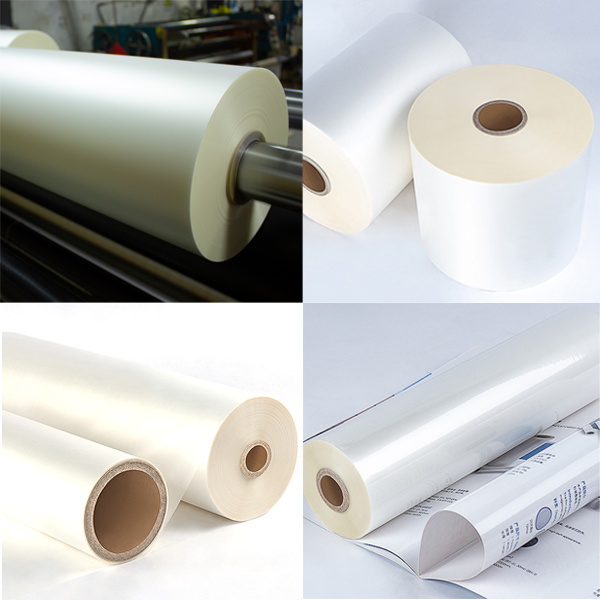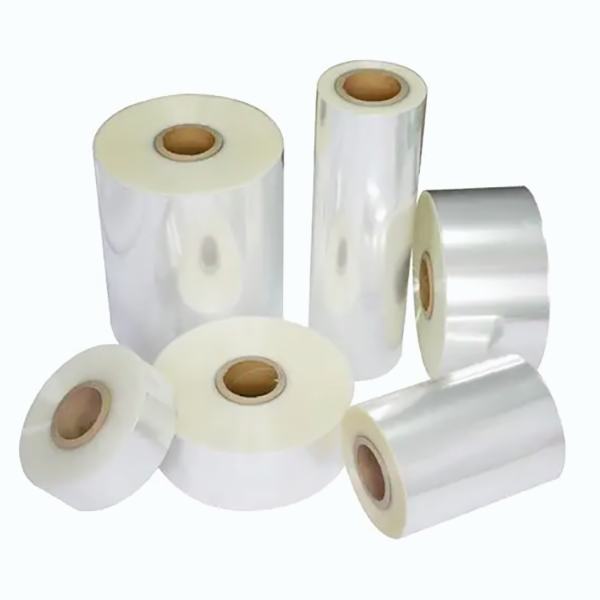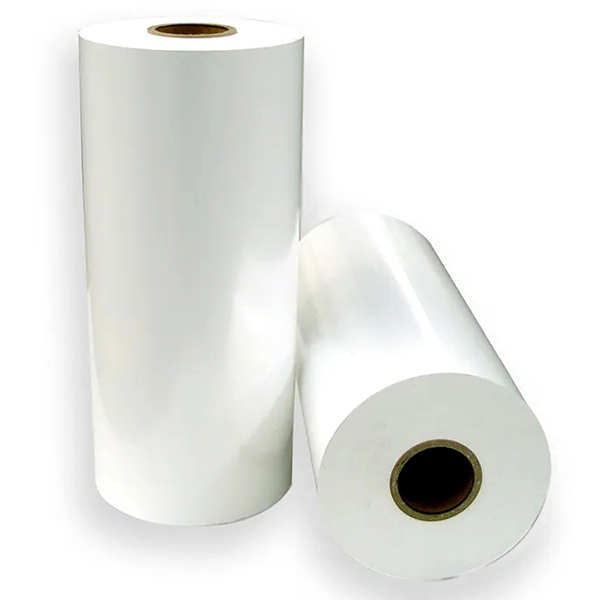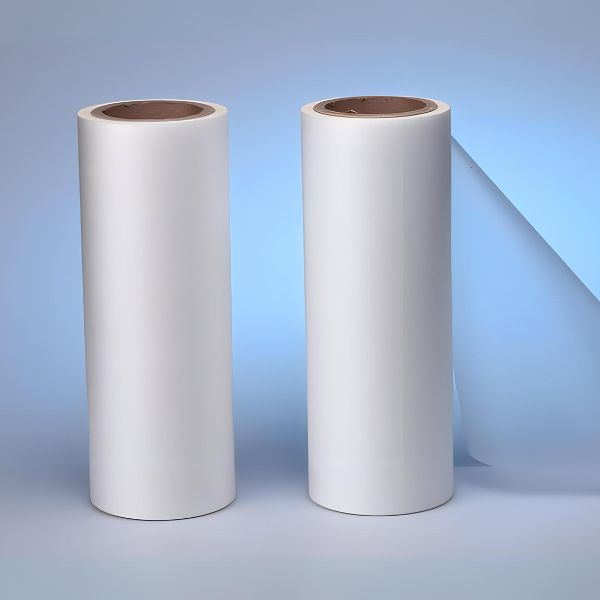Introduction
In the world of flexible packaging, BOPP (Biaxially Oriented Polypropylene) pearlized film stands out for its excellent printability, visual appeal, and versatility. Among its various technical properties, density plays a crucial role in determining the film’s performance, cost, and suitability for different applications.
This article will explore what BOPP pearlized film density means, how it affects the film’s characteristics, and how to select the right density for your packaging needs. Whether you are a packaging designer, engineer, procurement specialist, or student, this guide will provide you with the knowledge you need to make informed decisions.
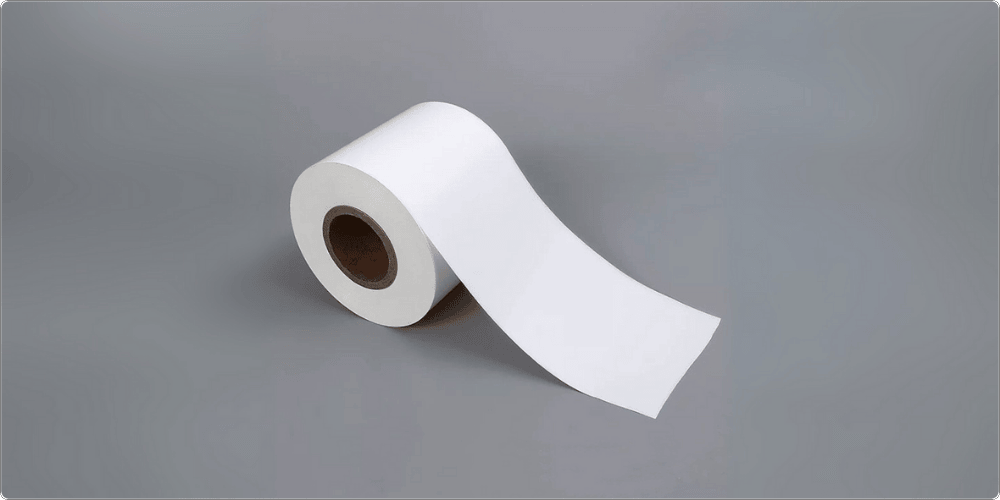
{ BOPP Pearlized Film }
What is BOPP Pearlized Film?
BOPP pearlized film is a type of polypropylene film that has been treated with special additives to create a pearlescent or matte appearance. This film is widely used in packaging for consumer goods such as snacks, confectionery, personal care products, and more.
The pearlized effect is achieved by incorporating calcium carbonate or other pearlescent agents into the polymer matrix. During the biaxial orientation process, these agents create micro-voids within the film structure, resulting in its distinctive visual and physical properties.
Why Does Density Matter?
Density is defined as mass per unit volume, typically expressed in grams per cubic centimeter (g/cm³). In the context of BOPP pearlized film, density affects:
- Mechanical Strength: Higher density films tend to be stronger and more resistant to tearing and puncturing.
- Optical Properties: Lower density films often have better opacity and a more pronounced pearlescent effect.
- Cost Efficiency: Since density is directly related to material usage, optimizing density can lead to significant cost savings in large-scale production.
- Processing Performance: Films with different densities behave differently during printing, laminating, and converting processes.
Understanding these relationships helps manufacturers and designers choose the most suitable film for their specific applications.
Typical Density Values in the Industry
In practice, the density of BOPP pearlized film typically ranges from 0.6 to 0.9 g/cm³, depending on the formulation and manufacturing process. Here’s a breakdown of common density categories:
| Density Range (g/cm³) | Characteristics | Common Applications |
|---|---|---|
| 0.60–0.70 | Very lightweight, high opacity, soft feel | Luxury packaging, labels, gift wraps |
| 0.71–0.80 | Balanced strength and appearance | Food packaging, confectionery wraps |
| 0.81–0.90 | Higher strength, stiffer feel | Heavy-duty bags, industrial packaging |
These values are approximate and can vary based on the specific grade and manufacturer. Always consult technical data sheets for precise specifications.
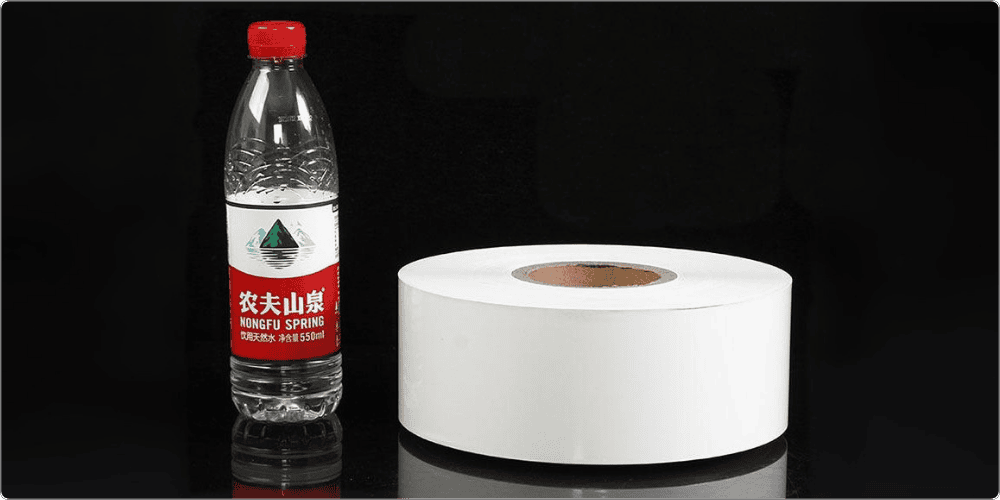
{ BOPP Pearlized Film for Bottle Labels }
Factors Influencing BOPP Pearlized Film Density
Several factors during the production process can affect the final density of the film:
1. Polymer Resin Selection
The base polypropylene resin’s inherent density sets the foundation. Different grades of PP resin may have slightly different densities.
2. Pearlescent Additives
Additives like calcium carbonate create micro-voids, reducing the overall density. The concentration and type of additive directly influence the final density.
3. Biaxial Orientation Process
Stretching the film in both machine and transverse directions aligns the polymer chains and expands the micro-voids, further lowering density.
4. Thickness and Uniformity
Thicker films may have slightly different density profiles compared to thinner ones. Uniformity across the film roll is also critical for consistent performance.
5. Cooling and Crystallization
The rate at which the film is cooled after extrusion affects the crystalline structure, which in turn impacts density.
How Density Affects Film Performance
Mechanical Properties
Higher density films generally exhibit better tensile strength and puncture resistance, making them suitable for applications requiring durability. Lower density films are more flexible and soft, which is ideal for applications where tactile feel is important.
Optical Properties
Density has a direct impact on opacity and gloss. Lower density films scatter light more effectively due to the higher concentration of micro-voids, resulting in better opacity and a more pronounced pearlescent effect.
Barrier Properties
While BOPP pearlized films are not primarily used for their barrier properties, density can influence moisture and oxygen transmission rates to some extent. Higher density films may offer slightly better barrier performance.
Printability and Lamination
Films with different densities absorb inks and adhesives differently. Understanding the density helps in optimizing printing parameters and lamination conditions for the best results.
How to Choose the Right Density for Your Application
Step 1: Define Your Packaging Requirements
Consider the product’s weight, shelf life, and desired appearance. For lightweight, visually appealing packaging, a lower density film may be ideal.
Step 2: Evaluate Mechanical Performance Needs
If your packaging requires higher durability or stress resistance, choose a film with a higher density.
Step 3: Balance Cost and Performance
Work with your supplier to find a density that meets performance requirements without exceeding your budget.
Step 4: Test and Validate
Always request samples and test them under real-world conditions to ensure the film performs as expected.
CloudFilm’s Expertise in BOPP Pearlized Films
At CloudFilm, we specialize in manufacturing high-quality BOPP pearlized films tailored to diverse packaging needs. Our films are engineered to deliver the perfect balance of aesthetics, functionality, and cost-efficiency.
With state-of-the-art production technology and stringent quality control, CloudFilm ensures consistent density, excellent printability, and reliable performance across all our film products.

{ CloudFilm’s BOPP Pearlized Film Can Help You Save Costs }
Conclusion
Understanding BOPP pearlized film density is key to optimizing packaging performance and cost. Whether you’re a designer, engineer, or procurement specialist, selecting the right film starts with understanding the technical details.
At CloudFilm, we are committed to providing high-quality, customizable films to meet your unique needs.
Ready to explore our range of BOPP pearlized films?
Visit the CloudFilm product page or contact our team today!







